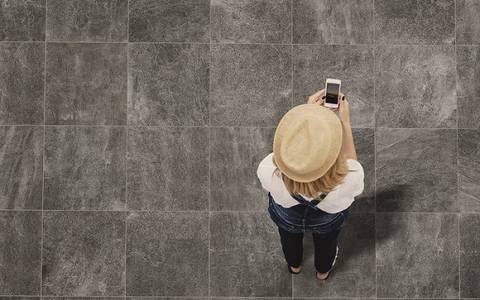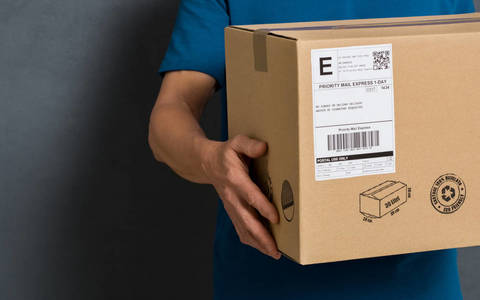HOW TO USE BONDING PRIMERS
 Nation wide delivery
Nation wide delivery Quality Slate
Quality Slate Made to Measure
Made to Measure
Bond Bridges are also known as a slurry mix, coat, primer, priming slurry to name a few.
It is a super useful technique to use with Paving, Coping and Steps, to ensure they don’t become loose over time. A slurry mix is also a very effective barrier against moisture and helps prevent staining.
Advantages:
Bond bridges/Slurry Mixes are also useful for DIYers and Professionals alike. Some materials, such as slate can be difficult to get them to bond to the bed, slurry mix is essential to prevent avoid rocking pavers.
The increase in popularity of porcelain and ceramic paving in the last 5 years has made the use of a Bond Bridge essential. These man-made materials are practically impermeable and are difficult to achieve good adhesion between the paver and bedding-every quality supplier should recommend a slurry mix.
Disadvantages:
Work Clean! A Slurry mix is very stick and will set quickly, any spills will need to be cleaned up straight away.
From time to time Paving needs to be lifted for repairs, using a slurry mix makes the paving nearly impossible to remove in one piece and re use.
How to use:
Bond bridges are applied to the underside of a paving slab or coping, it should be a gloopy consistency that coats the back of the stone rather than running right off.
It can be applied with a brush, a trowel or with smaller pieces they can be dipped in the mix. You will need to work quickly as it will “go off” quickly, take care to wipe up any spills right away.
There are many ready-made Slurry mixes on the market that have miraculous powers, however you can make a low cost and just as effective mix yourself! The most effective and popular uses liquid SBR and ordinary cement.
Add the SBR to the dry cement mix slowly while mixing to avoid lumps, continue until you achieve a gloopy consistency that coats the back of the paver.
If the paving is very light in colour and is prone to absorption, we do recommend using a white cement, this will minimise the risk of discoloration.

